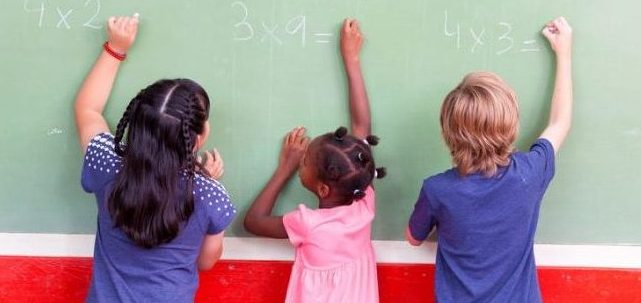
When the school year ends, children in high-poverty environments often lose the opportunity to benefit from healthy food and safe places to spend their days. And their social and economic situations often provide few occasions where they can continue their learning. The cumulative effect is a crisis in the making: students lose an average of more than two months in reading achievement in the summer. By the fifth grade, this aforementioned “summer learning loss” can leave low-income students up to three years behind their peers.
But there is some hopeful news. Elementary school students who regularly attend voluntary summer learning programs experience continued progress in both math and reading. In fact, studies show that six-week summer learning programs can lead to significant gains in reading performance.
Summer learning loss is common in all regions of Central New York, but it is prevalent in many of Syracuse’s city neighborhoods where educational opportunities outside of school are less accessible. Many children live in single-parent and low-income households, which can mean that limited time and resources are available to continue learning during the summer months.
One of the city’s hardest-hit neighborhoods is the Southside’s Census Tract 52. Here, unemployment and public assistance benefits are above average and educational success is limited. The summer learning option for this neighborhood – McKinley-Brighton Summer School – has been known to offer morning classes Monday through Friday from early July to early August. While this was a great opportunity for students, it resulted in vacant afternoons and dates in June and August when students would not be engaged in learning opportunities.
In partnership with the Literacy Coalition of Onondaga County, the Central New York Community Foundation sought to resolve engagement gaps by providing wrap-around support and incentives for students attending the McKinley-Brighton Summer School. A series of field trips including visits to a horse barn, Mercy Mountain’s ropes course and the Rosamond Gifford Zoo enticed students to attend and facilitated community engagement. A survey of 4th and 5th grade attendees reported that field trips were ranked “The best part of the summer program,” followed closely by rocket launching, an onsite activity.
Behind all of the summer fun were substantial learning opportunities, keeping both parents and children satisfied. Forty-five percent of parents that participated in the survey valued academic preparation as their favorite aspect of the program. Many of the students that were surveyed reported that Science, Math, and Engineering were topics covered in the program that were new to them. Introducing new skills not only prevented summer learning loss but actually cultivated their academic advancement.
With summer comes lots of idle time and many parents looked to the McKinley-Brighton Summer School program as a safe space for children to play, learn and stay positively engaged. This was especially beneficial for the number of high risk students enrolled in the program. For many parents, this was the first summer support program that they utilized for their child. Eighty-four percent of surveyed parents said that their child attended the program every day.
By filling in the gaps in the old program and providing wrap-around services, McKinley-Brighton was able to increase its average daily attendance from 51.53% in 2017 to 66.81% in 2018, therefore curbing the disadvantaged state that many students slip into over the summer. By participating in continued learning opportunities in the summer, students were able to return to their new classrooms ready to learn.

Recent Comments